Our Professional Development Programs are individualized to suit your needs.
Whether you choose from one of our popular training sessions or request a customized session, we aim to help you achieve your development goals.
Sessions, unless otherwise noted, are one hour in length.

HIGHLIGHTED OFFERINGS
- Assistive Technology for Learning Disabilities: Explore low and high-tech assistive technology for reading, writing, math, and organization. Discover several tech finding resources.
- AT Feature Matching: Understand why feature matching is essential, learn how to determine technology options based on needed features, and work through case studies to ascertain features and search for technology choices.
- AT in the Workplace: Review legislation and statistics, explore accommodation options, built-in accessibility features, apps, universal design, and resources for using AT in the workplace.
- Building an AT Assessment Team: Identify the importance of having an assistive technology assessment team, explore the structure and function of an AT team, as well as, research and professional development needs of team members.
- Effective Use of Basic Communication Devices in the Classroom: Identify useful vocabulary for effective classroom communication, define motivation strategies, and explore a long list of examples to improve the use of communication devices in the classroom.
- Funding AT: Discuss various funding issues and sources, including schools, insurance, organizations, federal and state programs, state vocational rehab, and more.
- Google Accessibility: Learn about Google Doc and Chromebook accessibility features, as well as, assistive technology extensions for use in Chrome.
- Introduction to Universal Design for Learning: Understand the basic concepts of UDL, explore examples of UDL lessons, and discover free resources for creating UDL curriculum materials.
- Introduction to AT: Define key AT terminology and concepts, explore examples of AT and an overview of the feature matching model.
- Introduction to AT Assessment Models: Understand the parts of the AT Cycle as it relates to conducting assistive technology assessments, explore the components of the HAAT Model, understand the four principles of the SETT Framework, and learn how they can be used together to facilitate the AT decision-making process.
- iOS Accessibility Features: Explore the built-in accessibility features on an iPhone, iPad, or Mac computer for vision, hearing, mobility, and learning.
- Microsoft Accessibility Features: Explore the built-in accessibility features in six different disability categories for Windows 10 and Office 365, including Immersive Reader.
- Tools to Assess Assistive Technology Needs for Individuals with ASD: Identify five steps in the AT assessment process, recognize the sensory, visual, and motor skills that need to be identified and understand the process when assessing AT needs of individuals with Autism Spectrum Disorder.
- Wish List to Reality – Mastering the Mini-Grant: Identify simple steps for writing mini-grants, learn useful tips for finding funding sources, and examine alternatives to non-grant funding resources.
Certificates of Attendance are available.
For additional information, please fill in this form:
